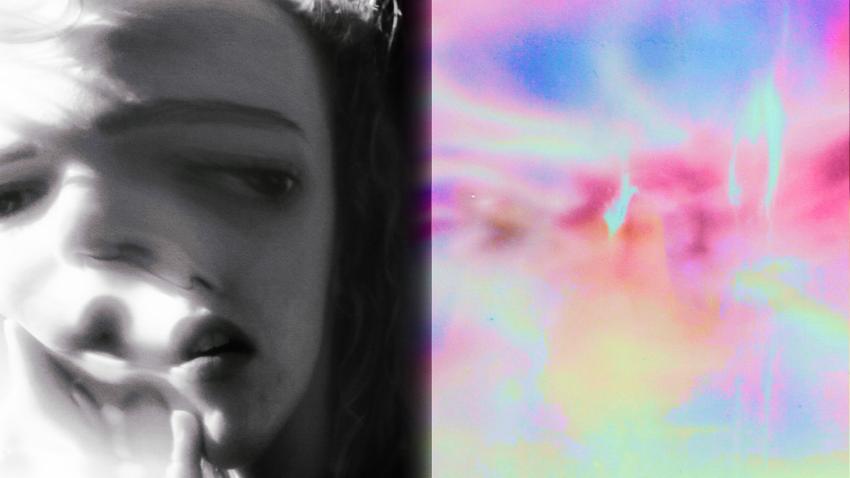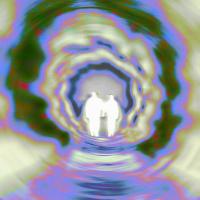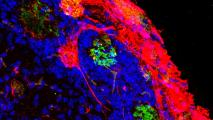Are near-death experiences just psychedelic trips?

For many people, the thought of dying fills them with dread and trepidation. What will it feel like? Will I be scared? Does everything just go black? Assuaging some of those fears, emerging science suggests that the elderly, dying brain often grants us a comfortable demise. And it does this through dreaming.
Accounts across history describe meaningful dreams and visions that arrive at the closing of one’s life. All too often, these experiences are brushed aside as byproducts of brain-addled delirium or side effects of medication. But in 2014, researchers at Daemen College and at Hospice Buffalo asked 63 patients admitted to hospice care over a period of 18 months for their perspectives on any dreams or visions that they might be having. Participants described most of them as a source of personal comfort. In their dreams, hospice patients reported being in the presence of deceased loved ones, preparing themselves for a long journey, or seeing dead spouses, siblings, or parents waiting for them.
“[These dreams] bring about a sense of peace, a change in perspective or an acceptance of death, suggesting that medical professionals should recognize dreams and visions as a positive part of the dying process,” Emma Badgery wrote for Scientific American.
Are near-death experiences just psychedelic trips?
Following these dreams at the twilight of life are more vivid ones that could arrive at the moment of death, itself. Science points to our final moments being quite a mentally sensorial finale. For starters, there are the accounts of people who have been to the brink of death and back. Many of them report having wild visions, which have been termed “near-death experiences” (NDEs). Philosopher and psychiatrist Raymond Moody coined the phrase almost a half-century ago and discovered a few common elements of NDEs: a bright light, a sense of detachment from the body, feelings of security and warmth, and encounters with mystical beings. To religious people, this experience might seem like being welcomed into an afterlife, while nonreligious people might just enjoy the trip.
Likening NDEs to “trips” is actually a reasonable comparison. A highly-cited 2018 study provided participants with low doses of the hallucinogenic drug N,N-dimethyltryptamine (DMT) in a controlled setting, then asked them to describe their experience. Their descriptions were uncannily similar to collected descriptions of NDEs. We are now learning that there is a good reason for that.
It turns out that DMT is widely present in the mammalian brain. In 2019, researchers at the University of Michigan not only found the compound in various locations in rat brains, but they also discovered neurons with the two enzymes required to make it. Moreover, the neurons seem to produce DMT at levels comparable to those of other key neurotransmitters like dopamine, which drives pleasure, and serotonin, which stabilizes mood.
DMT has also been found in small amounts in human brain tissue and larger amounts in cerebrospinal fluid, a clear fluid that surrounds the brain and spinal cord. Is it possible that DMT floods the human brain at death, causing vivid dreams and NDEs?
The University of Michigan researchers witnessed this happen in rats. They directly measured brain levels of DMT as rats suffered cardiac arrest and saw the substance spike up to ten times above baseline levels, enough to trigger psychedelic effects. If a similar increase also occurs in humans, it might just account for NDEs and vivid dreaming near death. But a larger dose might be necessary in alert, healthy subjects.
According to lead scientist Jimo Borjigin, a molecular and integrative physiologist:
“During near-death states, the brain activity that supports non-essential activities, such as walking, is severely reduced. So far scientists have studied experiences when people are fully awake, when they have many other types of brain activity going on. So in order to have a psychedelic experience, you need high levels of DMT that rise above the other noise that our brain is generating. At the near-death state, the level of DMT needed to contribute to a near-death experience may not be at the same level as for normal people having a normal psychedelic experience.”
So just a small hit of brain-produced DMT could make our final minutes on Earth a psychedelic adventure.
This article was reprinted with permission of Big Think, where it was originally published.















